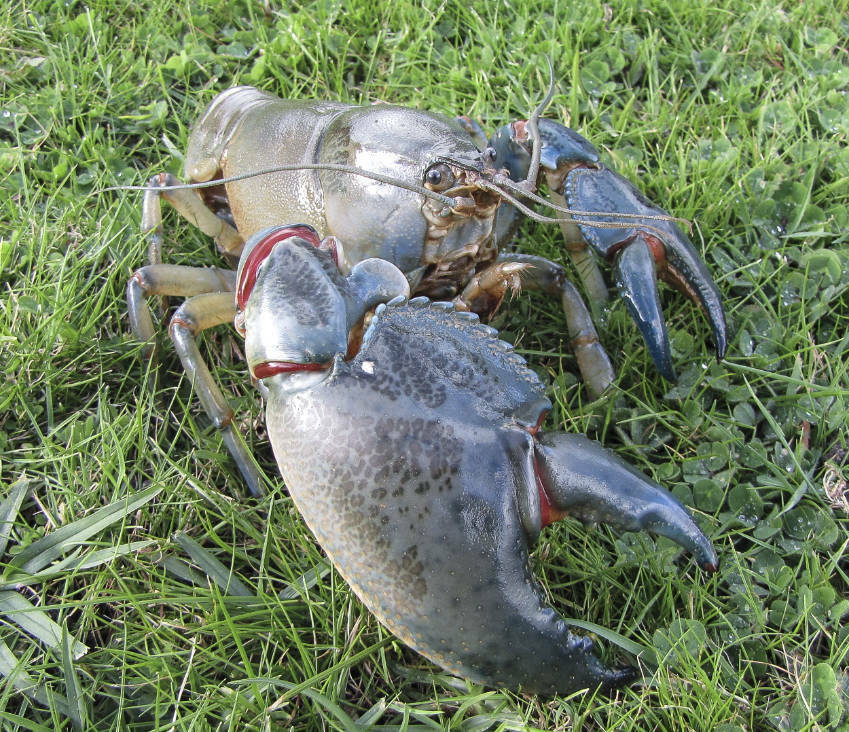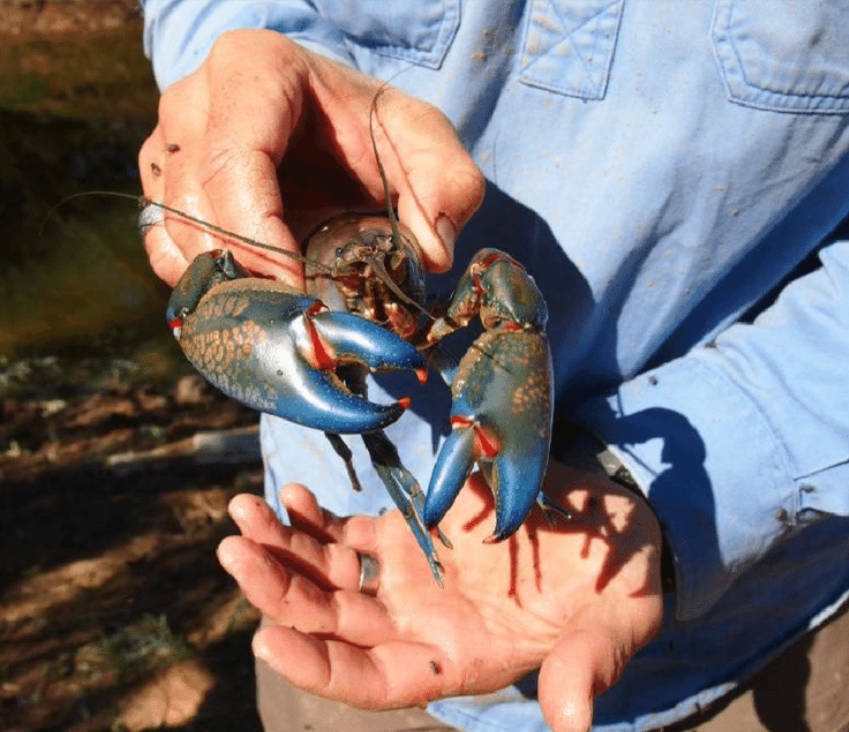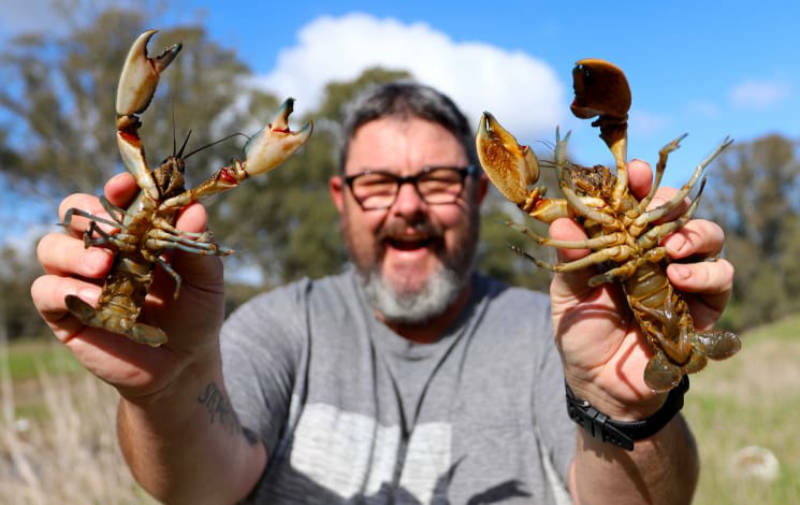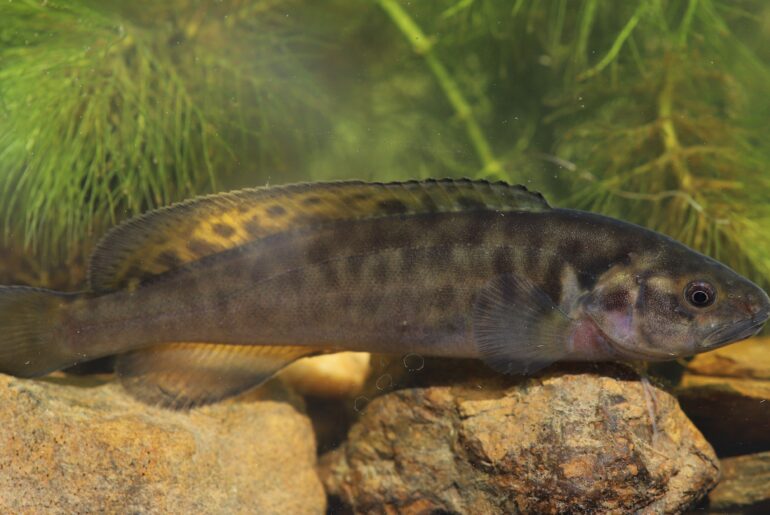After 15 years of research, a new species of freshwater crayfish, Cherax latimanus or the Swamp Yabby, has been uncovered, now officially its own species. Researchers Dr Tarmo Raadik and Robert McCormack from the Arthur Rylah Institute for Environmental Research and Australian Aquatic Biological found and described the newly named species. This discovery of a new yabby species is the first in 80 years in the Murray-Darling Basin and adds to our wealth of knowledge of Australian species and their place in the Murray-Darling Basin’s ecosystem. The Swamp Yabby is now the third species of yabby that we know of occuring naturally in the Murray-Darling Basin.
Within the Murray-Darling Basin, the Swamp Yabby’s habitat range stretches across the mid-Murray River region, stretching from the south in Taggerty in Victoria to Deniliquin in New South Wales. This range overlaps with the distribution of the Common Yabby within the Basin. The species is sometimes found within a metre from each other, however, the Swamp Yabby prefers terrestrial wet areas more than the Common Yabby which can be found in waterways.
What does a Swamp Yabby look like?
The Swamp Yabby was often previously mistaken for the Common Yabby as the two species have very similar characteristics. The Swamp Yabby is generally bigger than the Common Yabby and may face an increased threat from recreational fishing as its size may be more desirable. Habitat degradation is another threat that may disproportionally impact the Swamp Yabby compared to the Common Yabby, as they can often be found in roadside drains, paddocks and stream banks where people, cattle or cars may affect their burrows. The Swamp Yabby can be identified by its uniquely shaped broad claws shown in the photo below.


The Swamp Yabby is aptly named, as they are often found in swamp-like conditions like extensive underground burrow networks containing water and underneath areas that are temporarily wet like drainage lines, roadside drains, swamps and even cleared areas of pastures. However, the researchers discovered that during late winter and early spring male Swamp yabbies have been found in streams and billabongs when the water levels are high. This is a key distinction from the Common Yabby, which typically inhabits wetter streams and billabongs all year round. During the research by Raadik and McCormack, the newly named Swamp yabbies were often found in deep burrows in clay soil types, often making fieldwork difficult!

As explained by Dr Tarmo Raadik, “the first step to conserving biodiversity is discovering and naming new species, as we cannot protect something properly if we don’t know it exists in the environment”, so this new discovery is a significant advancement for biodiversity conservation in the Murray-Darling Basin. By formally describing the Swamp Yabby, scientists and land and water managers are now more informed to make better decisions for the survival of the species, particularly during flooding or drought, and consider its management needs of groundwater and surface water.
Resources
Main photo: The new species, the Swamp Yabby.
Source: Rob McCormack.




